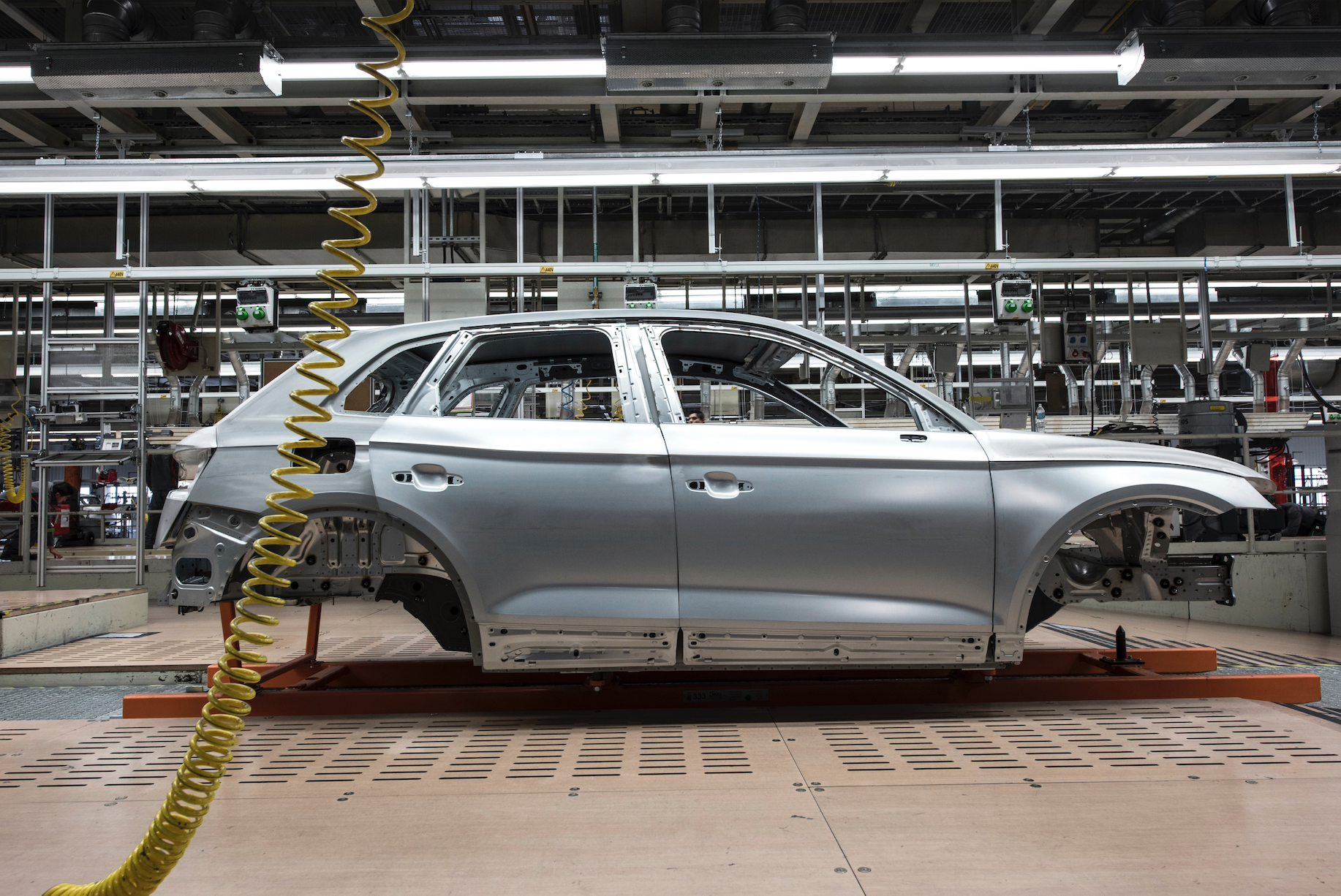Global construction industry growth will moderate in 2022 as base effects normalise, but will average annually at 3.4% in the coming years, above pre-Covid growth, thanks to support from government stimulus measures, according to Fitch Solutions.
There will however be increasing divergence between developed and emerging markets, with the latter being less able to pump funds into infrastructure investment. Most central banks in developed markets will not hike rates as aggressively as the market expects, but emerging markets will face tightening monetary policy, with rate hikes likely to be aggressive, says Fitch Solutions infrastructure analyst Daine Loh.
Public investment will also boost green infrastructure development in the EU and US, with a considerable portion of funds aimed at catalysing private investment. Western Europe’s favourable environment for hydrogen infrastructure investment will see this region emerge as a “hotspot” for this type of technology, Loh observed during a webinar on Tuesday attended by Kallanish.
Construction material input prices will remain elevated in 2022, which could see further construction project delays, but values will moderate from record 2021 highs. The tight market should ease in the second half of 2022 as supply and demand rebalances. The slowdown in Chinese construction growth will be a major factor in easing market pressures.
On automotive, global vehicle demand will remain robust but production to meet this demand will continue to be restricted by semiconductor shortages and shipping delays. Global vehicle sales growth will slow to 5.3% in 2022 versus 12.8% in 2021, but Middle East and North Africa sales should record the largest growth of 12.4%, surpassing 2019 volumes amid accelerating economic recovery, said Fitch Solutions principal autos analyst Joshua Cobb.
The transition to electric vehicles will see pressure from persistently high battery prices in 2022 due to costly metals. Automakers’ shift to more cost-effective lithium iron phosphate (LFP) battery chemistries should tame rising costs associated with nickel-rich chemistries.
In order to limit the supply chain disruptions seen in 2021, automakers will shorten and strengthen their supply chains. They will employ additive manufacturing, meaning onshoring 3D printing of components to eliminate the need to source across larger distances. They are also establishing micro-factories to improve lead times and using artificial intelligence to improve inventory management.
Adam Smith Germany






